Introduction:
Welcome to the exciting world of 5G technology and the Internet of Things (IoT)! In this fast-paced era, connectivity reigns supreme. These two cutting-edge technologies are joining forces, sparking a revolution like never before. Imagine a world where your devices seamlessly communicate with each other, effortlessly transferring data at lightning speed. With 5G technology enhancing IoT capabilities, this futuristic vision is becoming a tangible reality. Get ready to dive into the limitless possibilities and game-changing advancements that await us in this dynamic duo’s partnership! So grab your virtual seatbelt and let’s explore how 5G technology takes IoT to new heights!
Understanding 5G technology and Internet of things (IoT):
5G technology and the Internet of Things (IoT) are two buzzwords that have been making waves in the tech world. But what exactly do they mean? Let’s break it down.
First, let’s talk about 5G technology. Simply put, it is the fifth generation of wireless communication technology. With the commitment of lightning-fast speeds, ultra-low latency, and extensive connectivity, it assures a transformative experience. With 5G, you can download movies in seconds and stream high-definition content without any buffering.
Now, let’s move on to IoT. The Internet of Things refers to a network of interconnected devices that communicate with each other through the internet. These devices can range from smart home appliances to wearable fitness trackers to industrial machinery.
So how do these two technologies come together? Well, 5G acts as the backbone for IoT by providing faster and more efficient data transfer between devices. Your smart fridge can send instant notifications when groceries are running low. Your car can adjust its temperature based on real-time weather updates.
In essence, 5G enhances IoT by unlocking its true potential – enabling seamless communication among billions of connected devices in real-time. This opens up a world of possibilities for industries like healthcare, transportation, manufacturing, and more.
Exciting times lie ahead as we witness this transformative synergy between 5G technology and IoT unfold before our eyes! Stay tuned to discover how this powerful combination revolutionizes our daily lives and propels us into an era where everything is interconnected!
The potential of 5G technology to revolutionize Internet of things (IoT):
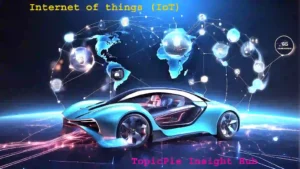
The potential of 5G technology to revolutionize IoT is immense. With its lightning-fast speeds and incredibly low latency, 5G has the power to unlock a whole new world of possibilities for connected devices and applications.
Imagine a future where your smart home appliances can communicate seamlessly with each other, optimizing energy usage and enhancing convenience. Or picture a city where traffic lights, street cameras, and public transportation systems are all interconnected, working together to improve efficiency and safety.
One of the key advantages that 5G brings to IoT is faster and more efficient data transfer. This means that devices will be able to transmit information in real-time without any lag or delay. This opens up opportunities for industries such as healthcare, manufacturing, and logistics by enabling remote monitoring, predictive maintenance, and automation on a large scale.
Additionally, 5G offers increased connectivity and improved network coverage compared to previous generations of wireless technology. This means that even in densely populated areas or remote locations, IoT devices can stay connected reliably. It also paves the way for massive deployments of sensors across various sectors like agriculture or environmental monitoring.
Furthermore, advancements in smart devices and applications are expected with the advent of 5G. The enhanced bandwidth allows for more complex applications utilizing augmented reality (AR), virtual reality (VR), artificial intelligence (AI), machine learning (ML), and edge computing technologies at their full potential.
While there are concerns about security risks associated with increased connectivity brought by IoT combined with 5G technology deployment such as privacy breaches or cyber-attacks; proper protocols need to be established right from the start ensuring data protection becomes an integral part of this technological transition.
Enhanced Data Transfer Speeds Enabled by 5G Technology:
Faster and more efficient data transfer is one of the key advantages that 5G technology brings to the Internet of Things (IoT) landscape. With its lightning-fast speeds, 5G enables devices to exchange data at unprecedented rates, opening up a world of possibilities for IoT applications.
In the past, slow data transfer speeds have been a hindrance to fully harnessing the potential of IoT. However, with 5G’s ultra-low latency and high bandwidth capabilities, this hurdle is now being overcome. Devices can transmit and receive large amounts of data in near real-time, allowing for seamless communication between connected devices.
The improved efficiency of data transfer with 5G also means reduced power consumption for IoT devices. This is especially important for battery-powered sensors or wearables that rely on energy-efficient operations. By minimizing the time it takes to send and receive information, 5G technology ensures that IoT devices can conserve energy while maintaining optimal performance.
Furthermore, faster data transfer rates enable quicker decision-making in IoT systems. Real-time analytics and insights become more accessible when there is minimal delay in transmitting data from connected sensors or devices. This speed allows businesses to make informed decisions rapidly based on up-to-date information received from various sources within their IoT ecosystem.
Faster and more efficient data transfer provided by 5G technology unlocks new opportunities for innovation within the realm of IoT. As we continue to explore these possibilities further, we are likely to see even greater advancements in smart cities, autonomous vehicles, healthcare systems, and countless other industries where seamless connectivity plays a vital role.
Increased connectivity and improved network coverage
With the advent of 5G technology, one of the most significant enhancements to IoT is increased connectivity and improved network coverage. The current limitations of traditional networks are a thing of the past as 5G offers faster speeds and lower latency, enabling seamless connections between devices.
This enhanced connectivity opens up new possibilities for IoT applications in various industries. For example, in healthcare, doctors can remotely monitor patients’ vital signs through connected devices with real-time data transmission. In agriculture, farmers can utilize IoT sensors to collect information about soil moisture levels and adjust irrigation systems accordingly.
Moreover, improved network coverage means that even remote areas will have access to reliable and high-speed internet connections. This is particularly beneficial for industries such as logistics and transportation where real-time tracking and monitoring are crucial for efficient operations.
Additionally, 5G excels in supporting a massive number of simultaneous connections. This ensures seamless communication for IoT devices within vast networks, avoiding congestion or performance issues. This scalability facilitates the development of smart cities. In these cities, everything from traffic lights to waste management systems can be interconnected, promoting optimal efficiency.
Increased connectivity and improved network coverage, thanks to 5G technology, create a robust foundation for advancing IoT applications. These improvements pave the way for unprecedented interconnectivity, reshaping future living and working experiences.
Advancements in smart devices and applications with 5G
Advancements in smart devices and applications have been on the rise with the introduction of 5G technology. With its lightning-fast speeds and low latency, 5G is set to revolutionize the way we interact with our everyday devices.
One area that stands to benefit greatly from this advancement is the realm of smart homes. With 5G, homeowners can experience seamless connectivity between their devices, allowing them to control everything from their thermostats to their security systems with ease. Imagine being able to adjust your home’s temperature or monitor your surveillance cameras in real-time, all from your smartphone.
But it doesn’t stop there – 5G also opens up new possibilities for industries such as healthcare and transportation. In healthcare, doctors can remotely monitor patients’ vital signs and provide immediate care if needed. For example, wearable devices equipped with sensors can transmit data directly to a doctor’s office without any lag time.
Also Read: Central Bank Digital Currency: The eRupee Revolution in India
In the transportation sector, autonomous vehicles will become even more advanced thanks to 5G connectivity. These vehicles will be able to communicate with each other and traffic infrastructure in real-time, leading to safer roads and more efficient travel.
Furthermore, businesses are finding innovative ways to leverage 5G technology through augmented reality (AR) and virtual reality (VR). From interactive shopping experiences where customers can virtually try on clothes or test out furniture placement before making a purchase decision – these technologies will forever change how we shop.
Advancements in smart devices and applications, fueled by 5G technology, are reshaping our daily lives. From homes to workplaces, this evolution promises increased integration between IoT-enabled devices, fostering a more connected world. As this technology progresses, the synergy between IoT and 5G holds the potential for even greater connectivity, influencing various aspects of our lives. The continuous evolution of these innovations is set to create a world where seamless connectivity is more prevalent than ever before.
Potential challenges and concerns with implementing 5G for Internet of things (IoT):
Potential challenges and concerns with implementing 5G for IoT:
1. Infrastructure Requirements: One of the major challenges in implementing 5G for IoT is the need for a robust infrastructure. The deployment of 5G networks requires an extensive network of small cells, which can be costly and time-consuming to install. Additionally, existing infrastructure may not be compatible with the requirements of 5G technology, requiring significant upgrades.
2. Security Risks: With increased connectivity comes an increased risk of cybersecurity threats. As more devices become connected through IoT, they become potential targets for hackers seeking to exploit vulnerabilities in the system. It is crucial to ensure that adequate security measures are in place to protect sensitive data and prevent unauthorized access.
3. Privacy Concerns: The proliferation of IoT devices powered by 5G raises concerns about privacy issues. These devices collect vast amounts of data, raising questions about how this information will be stored, accessed, and used by service providers or third parties.
4. Interoperability Challenges: As IoT devices continue to evolve and diversify their functionalities, ensuring interoperability between different systems becomes essential but challenging as well. Standardization across various platforms becomes critical to enable seamless communication between different devices and networks.
It is important to address these challenges proactively so that the full potential benefits of combining 5G technology with IoT can be realized while mitigating any associated risks or drawbacks.
Future possibilities for the combination of 5G and Internet of things (IoT) technologies:
The combination of 5G technology and IoT has the potential to unlock a world of possibilities that were previously unimaginable. With 5G’s lightning-fast speeds and low latency, we can expect an exponential growth in the number of interconnected devices and applications.
An intriguing potential lies in the evolution of smart cities. Imagine living in a city where everything is connected – from traffic lights that adjust based on real-time data to optimize traffic flow, to waste management systems that automatically detect when bins need emptying. With 5G enabling faster and more reliable communication between devices, these futuristic visions could become a reality sooner than we think.
Another area where the combination of 5G and IoT holds immense promise is healthcare. Wearable devices with built-in sensors can continuously monitor vital signs such as heart rate, blood pressure, and glucose levels, transmitting this data in real-time to healthcare professionals for remote monitoring. This allows for proactive interventions and personalized care plans tailored to individual patients’ needs.
Furthermore, industries such as manufacturing stand to benefit greatly from this convergence. The ability to connect machines on factory floors through IoT-enabled sensors enables predictive maintenance by detecting potential issues before they become major problems. Combined with 5G’s high bandwidth capabilities, manufacturers can achieve greater efficiency and productivity.
In addition to these areas, transportation will also be revolutionized by the integration of 5G technology with IoT. Autonomous vehicles will rely heavily on instant communication between multiple vehicles simultaneously gathering information about road conditions or coordinating traffic patterns efficiently without human intervention.
While there are still challenges in implementing this powerful combination fully – including infrastructure upgrades and security concerns – it is clear that the future possibilities for combining 5G technology with IoT are vast and exciting.
Conclusion:
The combination of 5G technology and IoT holds immense potential. It can revolutionize how we connect and interact with devices. Faster data transfer, increased connectivity, and smart device advancements enhance our lives. Improved network coverage amplifies the transformative impact.
Yet, it’s crucial to recognize that challenges may arise on this journey. The implementation of 5G for IoT will require significant infrastructure upgrades, ensuring compatibility across various devices and networks, as well as addressing concerns around security and privacy.
Despite these challenges, the future possibilities are truly exciting. The seamless integration of 5G technology into IoT opens doors to new opportunities. Virtually every industry, including healthcare, transportation, agriculture, and manufacturing, can benefit from this powerful combination.
While we are still at the early stages of fully realizing the potential impact of 5G on IoT, it is clear that this dynamic duo will shape a more connected world where devices seamlessly communicate with each other. We can look forward to an era where everyday objects become smarter than ever before! So, buckle up for an exhilarating journey into a future where innovation knows no bounds thanks to 5G technology enhancing the Internet of Things.
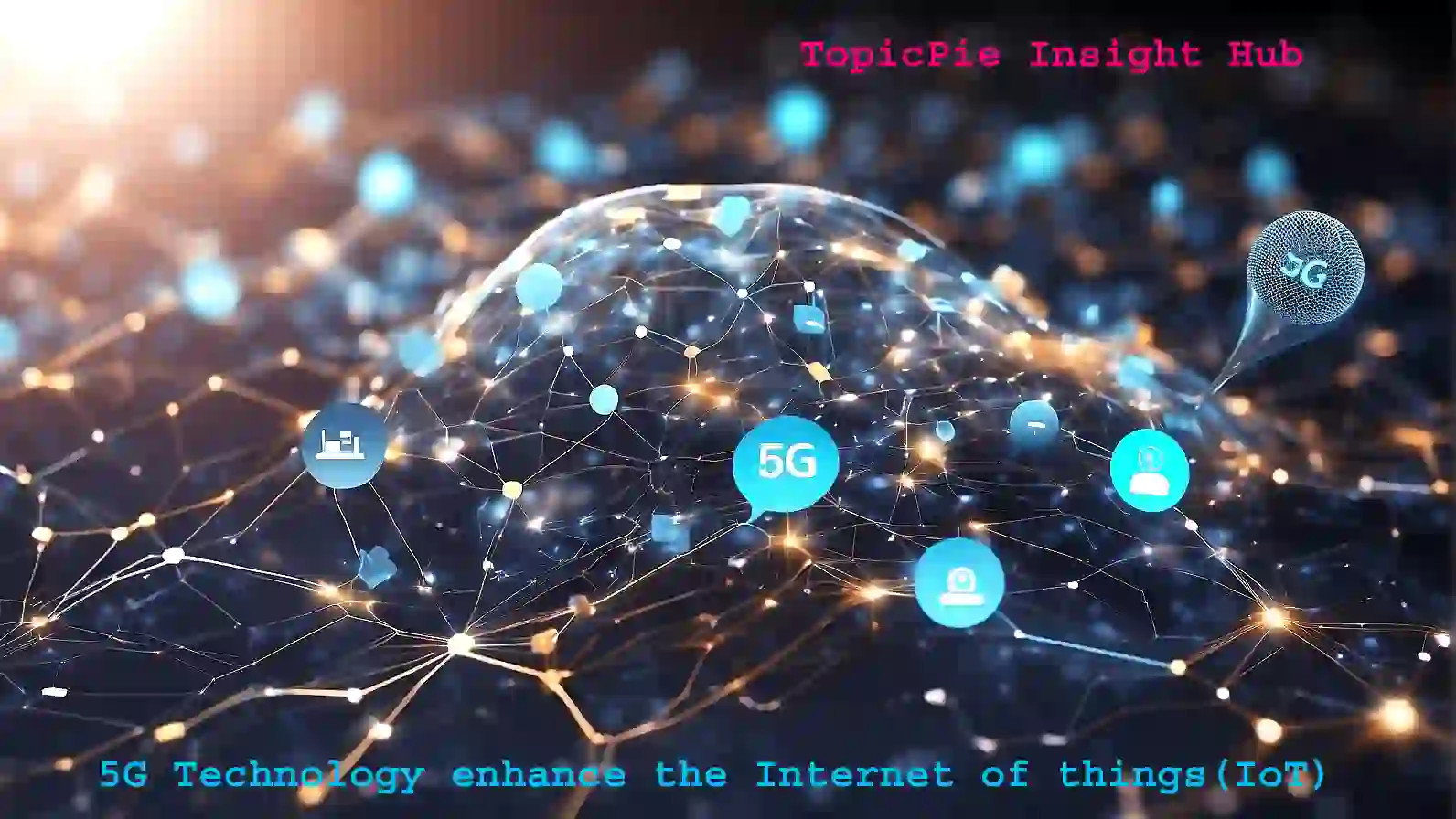
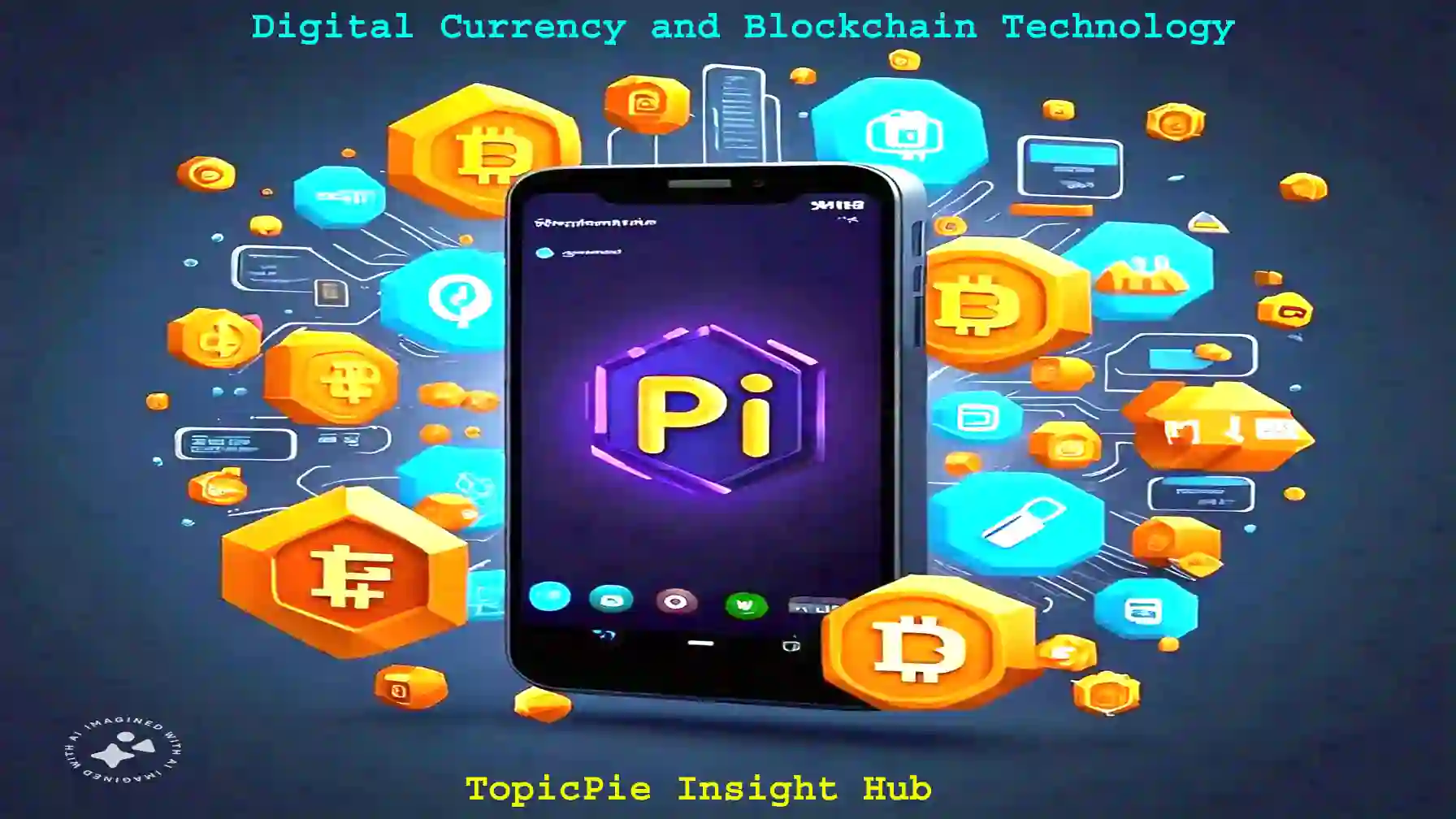

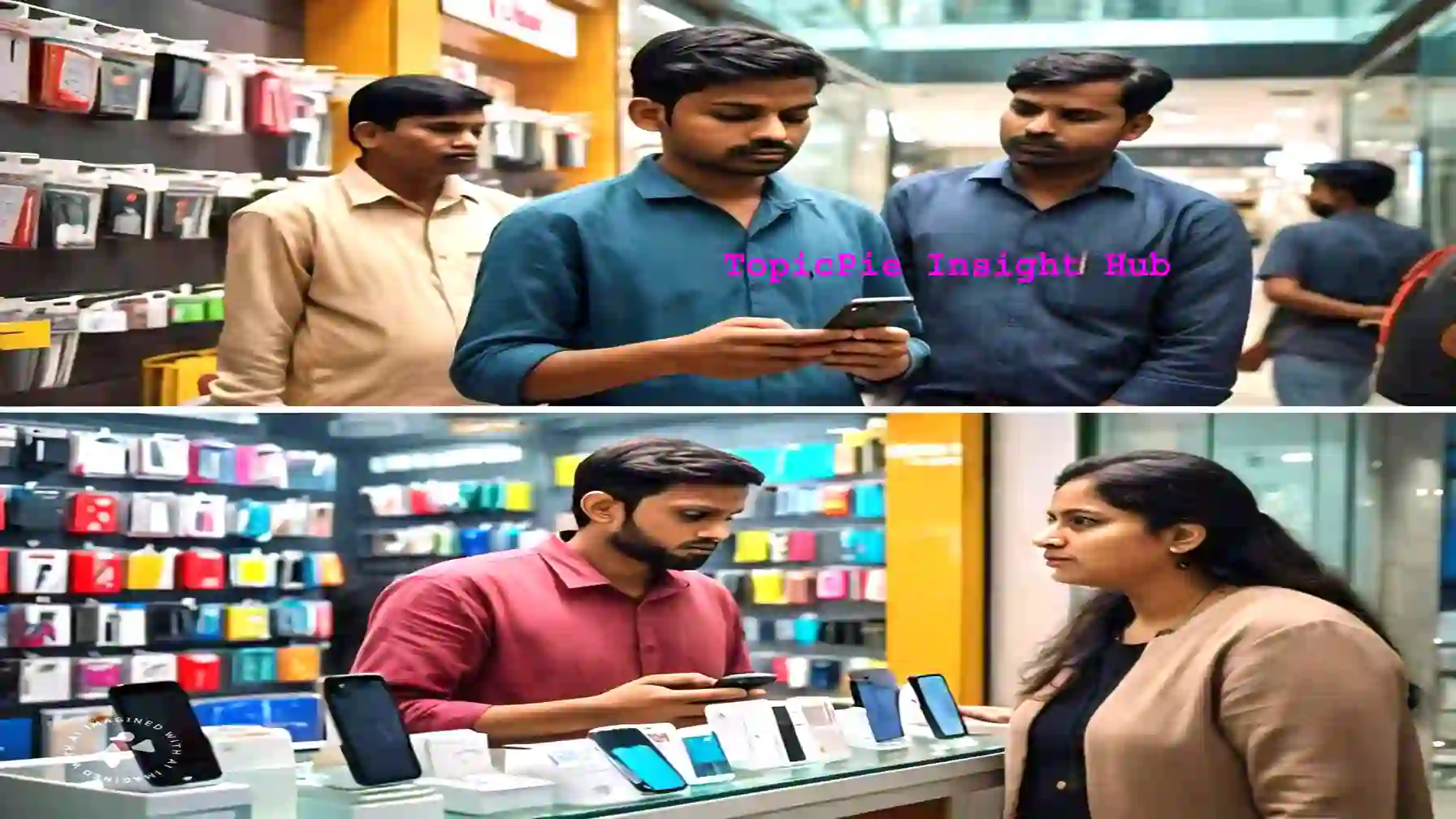

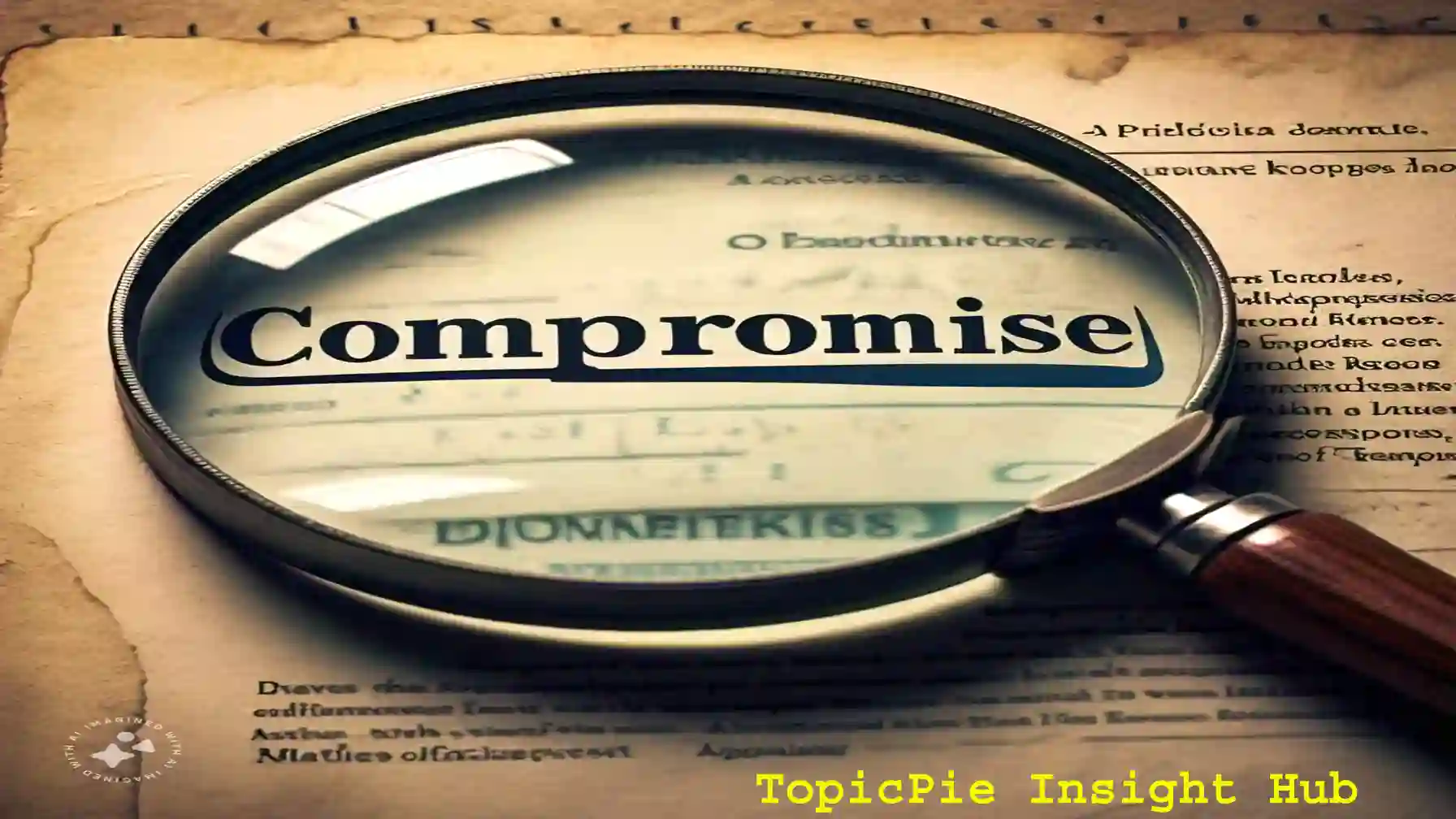


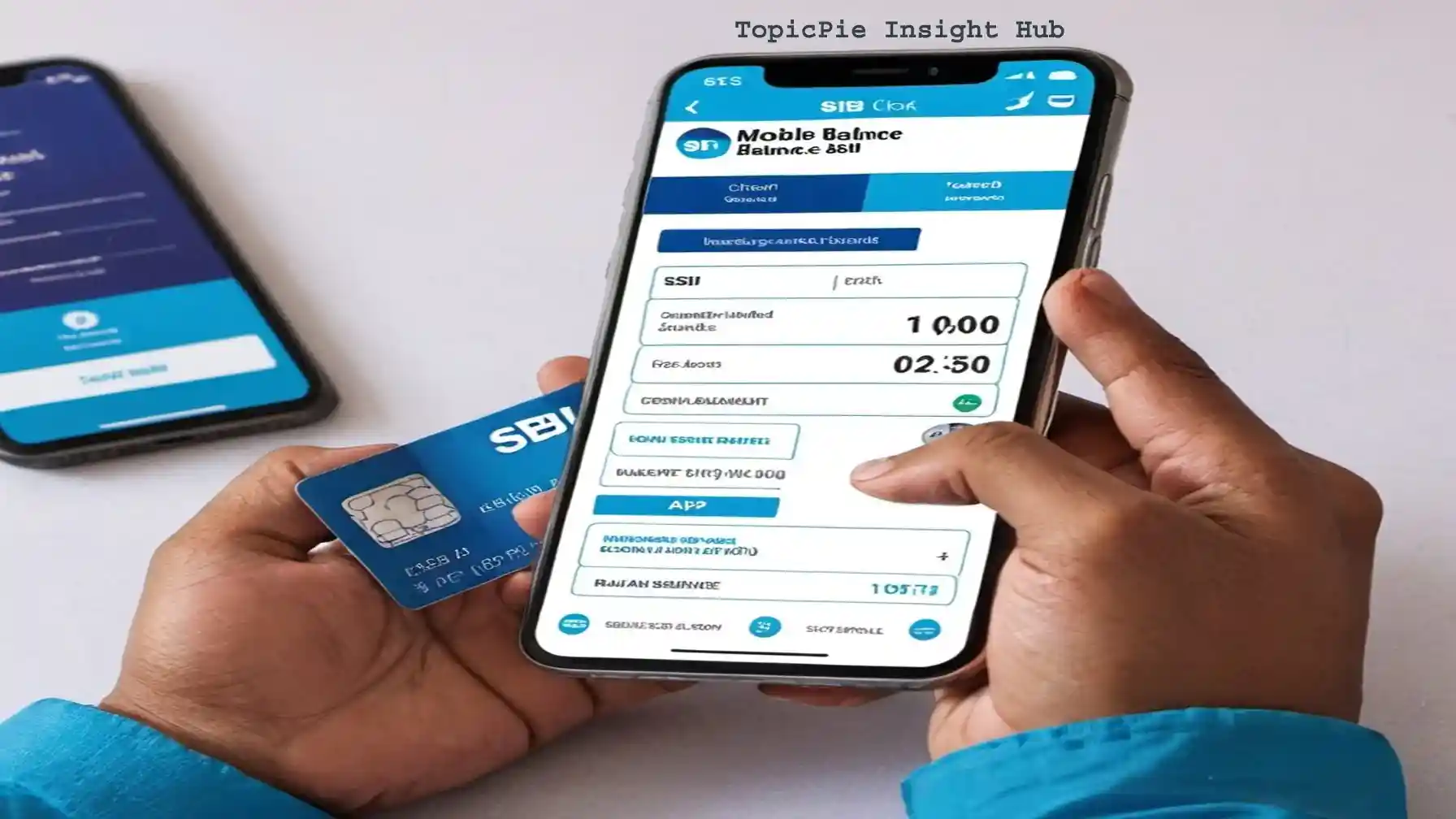
Your point of view caught my eye and was very interesting. Thanks. I have a question for you.